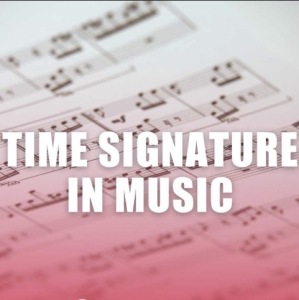Understanding Symbols and Terms in Classical Sheet Music
Introduction
Learning to recognize and interpret the various musical symbols and terms is essential in mastering the language of classical sheet music. These markings go far beyond the notes themselves—they shape the phrasing, dynamics, tempo, and emotional character of a piece. Whether you're working through a printed score or using digital piano notes, understanding these details brings your interpretation to life.
This lesson provides a concise overview of essential symbols, many of which you'll encounter frequently in piano online lessons and printed or digital easy sheet music editions.
1. Accidentals
Accidentals modify the pitch of a note. They include sharps, flats, naturals, and their double variants.

Accidentals placed before a note apply only within the same measure and staff line.

Accidentals in the key signature (after the clef) apply to the entire piece unless canceled.

Understanding how accidentals function helps avoid pitch errors when reading complex classical sheet music passages.
2. Fermata (Hold)
A fermata signals that a note, rest, or measure should be prolonged:
Over a note: typically twice its original length

Over a barline: a brief pause

Over a double barline: a section ending

These are often encountered in slower movements or cadential moments, commonly featured in piano notes from the Romantic and Classical periods.
3. Omission Symbols
These signs help reduce clutter and guide repetition:
Repeat signs
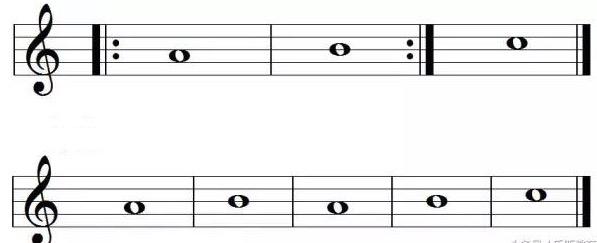
First and second endings
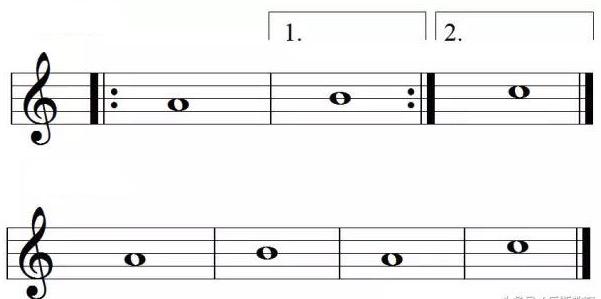
D.C. al Fine / D.S. al Fine
Skipping sections (⊕)
Octave signs (8va, 8vb)
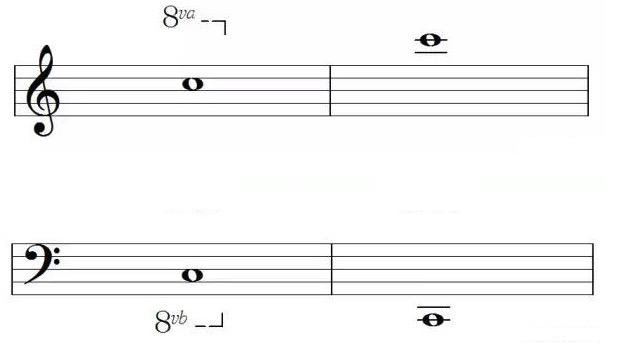
Tremolo slashes

Most easy sheet music will write these sections out for clarity, but students using full scores must learn to navigate these efficiently.

4. Articulation Marks
These determine how individual notes are expressed:
Slurs, staccato, staccatissimo, tenuto


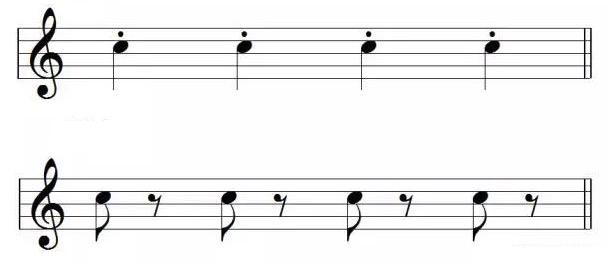

Arpeggios and glissandos


Accents for emphasis

Articulations are particularly important when studying period styles. For instance, Classical-era works often use slurs to indicate phrasing boundaries—a concept discussed in many structured piano online lessons.
5. Dynamics
Dynamics shape volume and intensity. From softest to loudest:
ppp → p → mp → mf → f → fff
Crescendo / decrescendo markings


Sforzando for sudden emphasis: sf or sfz
Developing dynamic sensitivity is vital for expressive playing and is a frequent focus in both easy sheet music and advanced interpretative studies.
6. Tempo Marks
Tempo affects the pace of the music, usually indicated in Italian terms and often reinforced with metronome markings:
From Grave (very slow) to Prestissimo (extremely fast)
Rallentando / Accelerando indicate gradual changes
A tempo returns to the original pace
These markings are standard in classical sheet music, and many piano notes arrangements will include specific BPM suggestions for practice
7. Additional Terms
These help interpret emotional character or technical adjustments:
molto, assai, poco, più, dolce, agitato, sempre
Coda marks the ending section of a piece
While these may seem subtle, their use in classical sheet music defines much of the music’s phrasing and intention. For students using piano online lessons, instructors often highlight these terms to encourage a more nuanced approach to expression.
Conclusion
A strong grasp of musical symbols and terminology is critical for interpreting and performing classical sheet music with authenticity. These elements are not just technical—they guide the emotional arc and style of a performance. Whether you’re reading from a traditional score, using a digital copy, or referencing piano notes in a method book, these markings are foundational.
At SheetMusicGo, you can explore a growing library of annotated and clean-format easy sheet music and professional scores. Whether you're a beginner taking piano online lessons or an advanced player polishing a performance, our platform provides reliable materials to master every musical detail.
FAQs
1. How can I quickly memorize common musical terms and symbols?
Flashcards, annotation exercises, and repeated exposure during piano online lessons are helpful. Use real scores to apply what you learn in context.
2. Do all editions of classical sheet music include the same markings?
Not always. Some older or simplified easy sheet music may omit dynamics or articulation marks. It’s best to study from urtext editions or versions with editorial notes.
3. Are symbols like tremolo and glissando common in piano notes for beginners?
They’re less common in beginner materials but do appear in intermediate piano notes. Some simplified arrangements provide written-out equivalents to help learners interpret them accurately.
